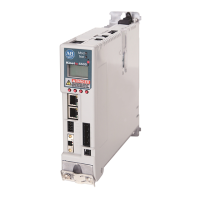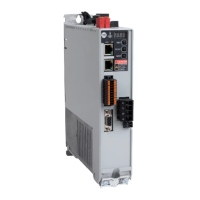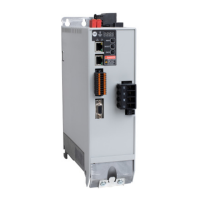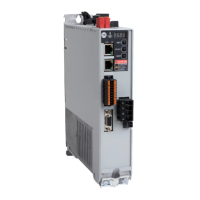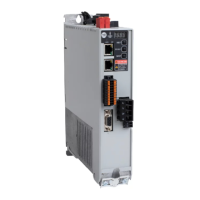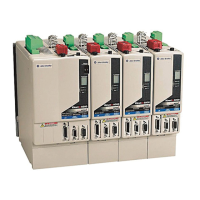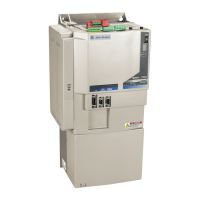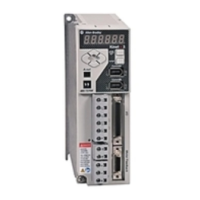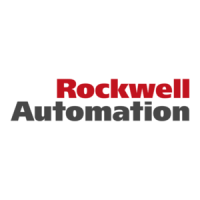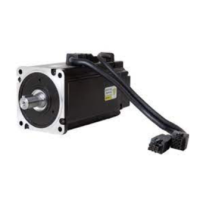234 Rockwell Automation Publication 2198-UM001M-EN-P - November 2022
Appendix D Motor Control Feature Support
SLAT Max Speed/Torque
SLAT Max Speed/Torque is a special mode of operation that is primarily used
in web handling applications. If the TorqueTrim attribute is greater than the
torque output due to the velocity regulator's control effort, then the drive
typically operates as a torque regulator. The drive can automatically enter
velocity regulation, based on conditions within the velocity regulator and the
magnitude of the velocity regulator's output relative to the torque reference.
When used for SLAT control, an application-dependent VelocityCommand
value is applied to the drive via an MAJ instruction. An application-dependent
TorqueTrim value is also applied via cyclic write. Under normal operation,
VelocityCommand is set to a level that results in the velocity regulator's control
effort becoming saturated when the motor's speed is mechanically limited. The
TorqueReference value equals the TorqueTrim value, resulting in a negative
VelocityError value.
If the mechanical speed limitation is removed (example: web break), the motor
accelerates and VelocityError becomes positive. At this time, a forced
transition to velocity regulation occurs, and the motor's speed is regulated to
the VelocityCommand attribute.
The axis remains in velocity regulation until VelocityError is less than
SLATSetPoint for a time specified by SLATTimeDelay. At this point, the axis
returns to operating as a torque regulator.
Figure 135 - SLAT Max Speed/Torque
See the Integrated Motion on the EtherNet/IP Network Reference Manual,
publication MOTION-RM003, for more information on SLAT attributes.
SLAT Attributes
Select Maximum of Velocity Loop Output
or Torque Command
(speed control is OFF)
Select Velocity Loop Output
(speed control is ON)
Velocity Error > 0
Velocity Error < SLAT Setpoint for SLAT Time
ID Access Attribute Conditional Implementation
833 Set SLAT Configuration
0 = SLAT Disable
(1)
1 = SLAT Min Speed/Torque
2 = SLAT Max Speed/Torque
(1) SLAT Disable, when viewed in version 28.00 (and earlier) of the Logix Designer application, reads Torque Only.
834 Set SLAT Set Point Velocity Units
835 Set SLAT Time Delay Seconds
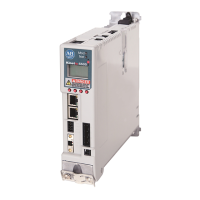
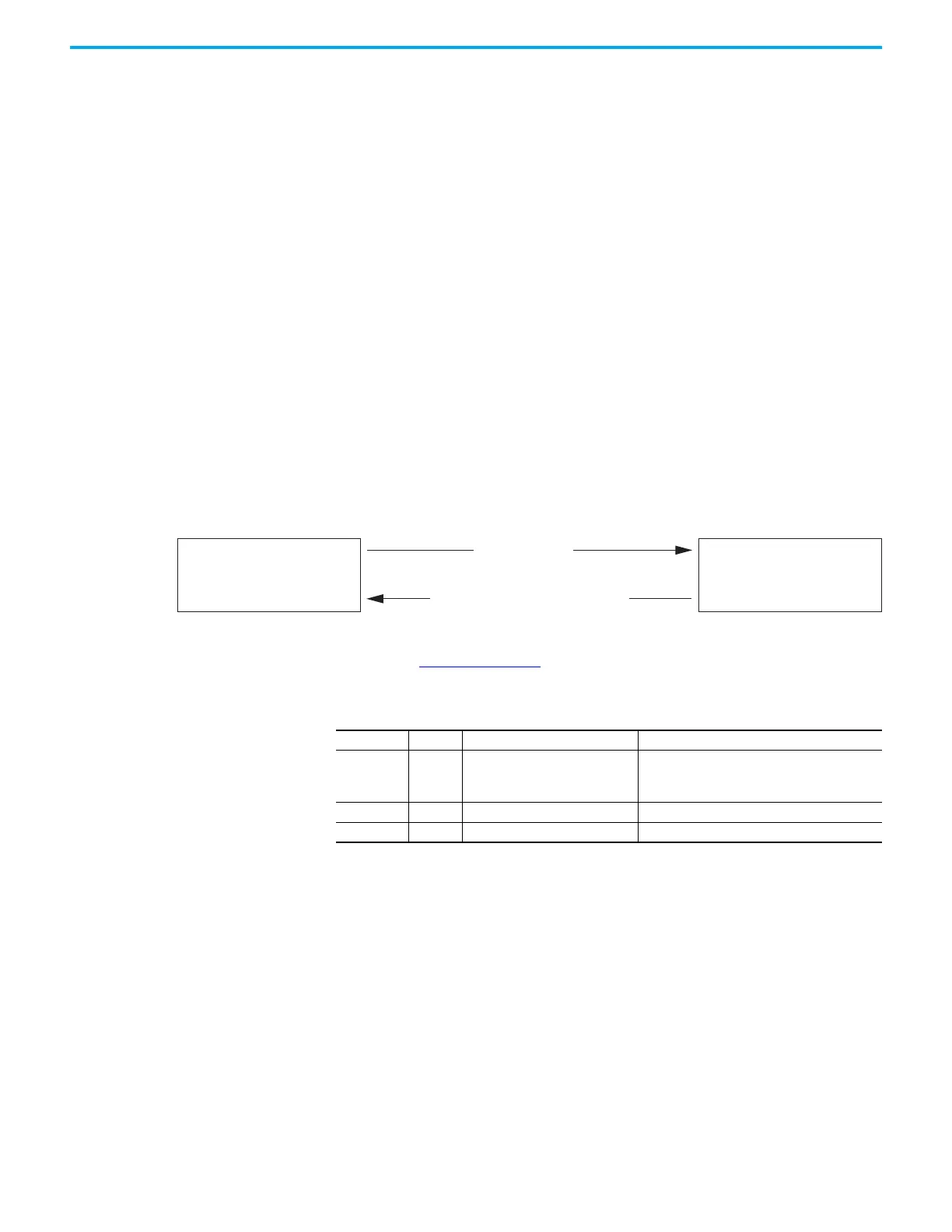